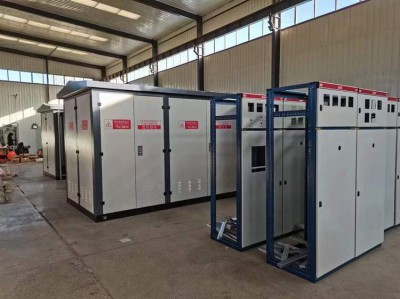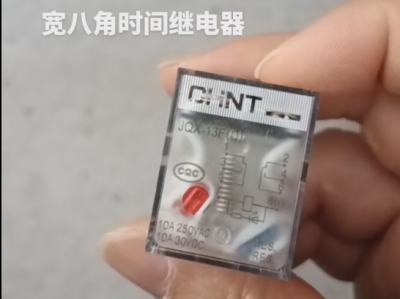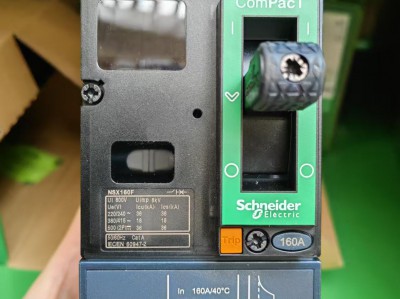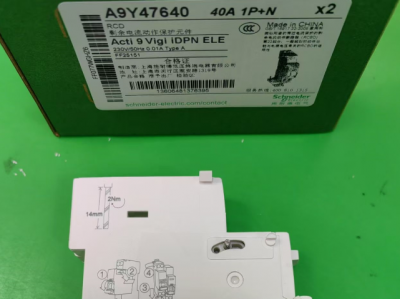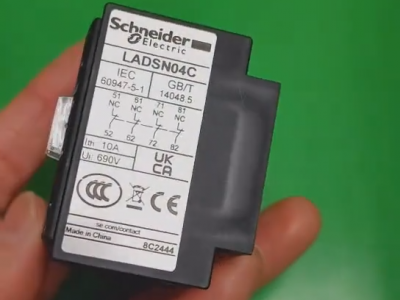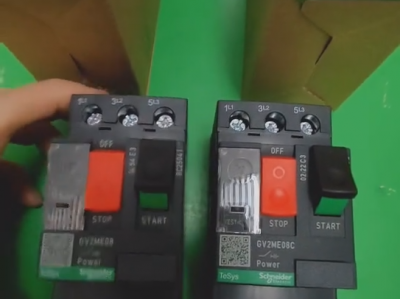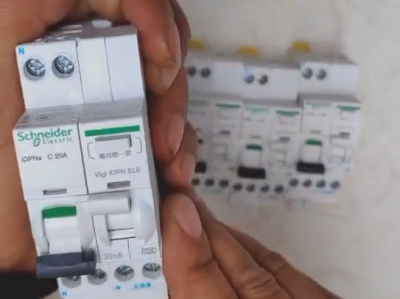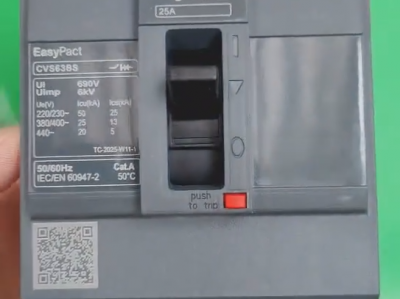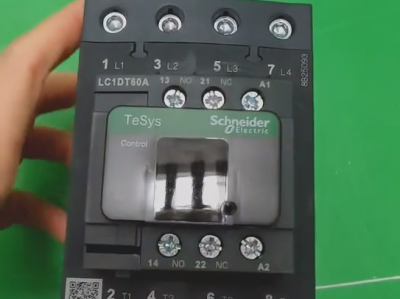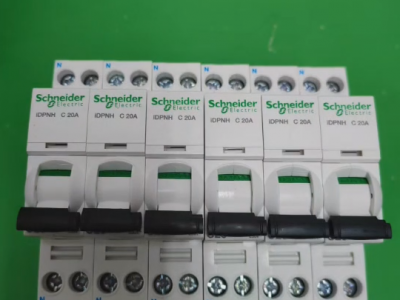Chint thermal overload relay NR2-25/17-25A
Product description
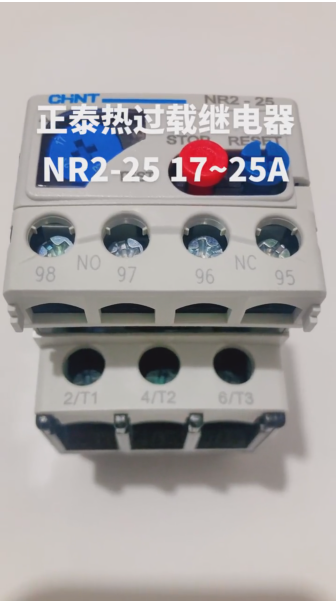 The Chint thermal overload relay NR2-25/17-25A is an electrical component used for overload and phase-loss protection of motors. In addition to the previous information, the following supplementary details are provided: Chint's NB1-63DC series DC circuit breakers Price
The Chint thermal overload relay NR2-25/17-25A is an electrical component used for overload and phase-loss protection of motors. In addition to the previous information, the following supplementary details are provided: Chint's NB1-63DC series DC circuit breakers Price
- **Product Packaging**: Usually 1 piece/box, 90 pieces/carton, facilitating transportation and storage.
- **Standards Compliance**: Complies with GB/T 14048.4, GB/T 14048.5, IEC 60947-4-1, etc., ensuring reliable product quality and performance.
- **Extended Functions**: In addition to basic overload and phase-loss protection, it also has short-circuit protection and over-temperature protection functions. When the motor experiences a short circuit or fault, or when the motor temperature exceeds the set threshold, it can quickly cut off the power supply to comprehensively protect the safety of the motor and electrical system.
- **Application Scenarios**: Suitable for motor control circuits in factories, construction sites, data centers, and other places. It can work stably in harsh environments such as high temperature and high humidity, providing reliable protection for various AC motors.
- **Price Information**: Contact via Whatsapp: 0086-13811255435. The specific price may vary depending on the purchase quantity, sales channel, and other factors. CHINT surge protector price
Product Manual of Chint Thermal Overload Relay NR2-25/17-25A
Scope of Application
Suitable for overload and phase-loss protection of AC motors with alternating current 50Hz/60Hz, voltage up to 690V, and current 17-25A for long-term operation or intermittent long-term operation. Schneider Circuit Breakers Price
Normal Working Conditions and Installation Conditions
- **Altitude**: No more than 2000m.
- **Ambient Air Temperature**: -5℃~+40℃, with an average temperature within 24h not exceeding +35℃.
- **Atmospheric Conditions**: At +40℃, the relative atmospheric humidity does not exceed 50%. At lower temperatures, higher relative humidity is allowed. The monthly average minimum temperature of the wettest month does not exceed +25℃, and the monthly average maximum relative humidity of that month does not exceed 90%, considering condensation on the product due to temperature changes.
- **Pollution Degree**: Level 3. CHINT Contactor NC1-09
- **Installation Surface Inclination**: The inclination of the installation surface to the vertical plane does not exceed 5°.
- **Environmental Requirements**: In a medium without explosive hazards, and the medium contains no gases or conductive dust that can corrode metals and damage insulation; in places with rain and snow protection equipment and no water vapor accumulation; in places without significant shaking, impact, and vibration.
Product Features
- **Diversified Protection Functions**: With overload protection and phase-loss protection functions, as well as temperature compensation to reduce the impact of ambient temperature on protection characteristics.
- **Flexible Reset Modes**: Supports automatic and manual reset, which can be set through relevant buttons on the operation panel.
- **Clear Action Indication**: Usually equipped with an action indicator to facilitate users in judging whether the thermal relay has acted.
- **Flexible Installation Methods**: Can be plug-in installed with contactors or independently installed.
- **Trip Class**: Trip class is 10A.
Technical Parameters
- **Rated Insulation Voltage**: 690V.
- **Auxiliary Contacts**: One normally open and one normally closed (1NO + 1NC). In the AC-15 circuit, the rated current is 2.73A at 220V and 1.58A at 380V; in the DC-13 circuit, the rated current is 0.21A at 220V.
Installation, Debugging, and Operation
- **Installation**: The three top metal terminals can be installed at the lower port of the contactor, and the lower contacts are connected to the motor. For independent installation, correctly wire according to the electrical schematic diagram to ensure firm connection and that the wire cross-sectional area meets the requirements.
- **Setting Current Adjustment**: Adjust the setting current within the range of 17-25A by adjusting the setting current adjustment button. The scale indicated by the black arrow is the selected setting current value.
- **Reset Mode Setting**: Set the automatic or manual reset through the button below RESET. Rotate the button clockwise so that the letter "A" faces upward for the automatic reset state; make the letter "H" face upward for the manual reset state. In the manual reset state, after the thermal relay acts, press the red button below STOP to reset the contacts.
- **Testing**: Press the TEST button to check whether the thermal relay can operate normally. When this button is pressed, the thermal relay contacts act, the normally open contacts close, and the normally closed contacts open. The contacts return to the original state after release.
Precautions
- The thermal overload relay does not have a short-circuit protection function and needs to be used with short-circuit protection devices such as fuses.
- It is not suitable for overload protection of motors with frequent reversals or on-off operations. For motors with heavy-duty starting, reasonably select the setting current and consider other protection measures according to actual conditions.
- Avoid strong magnetic field interference to the thermal relay during installation and use to prevent affecting its performance.
- Regularly check the action performance and wiring of the thermal relay to ensure its normal operation.

